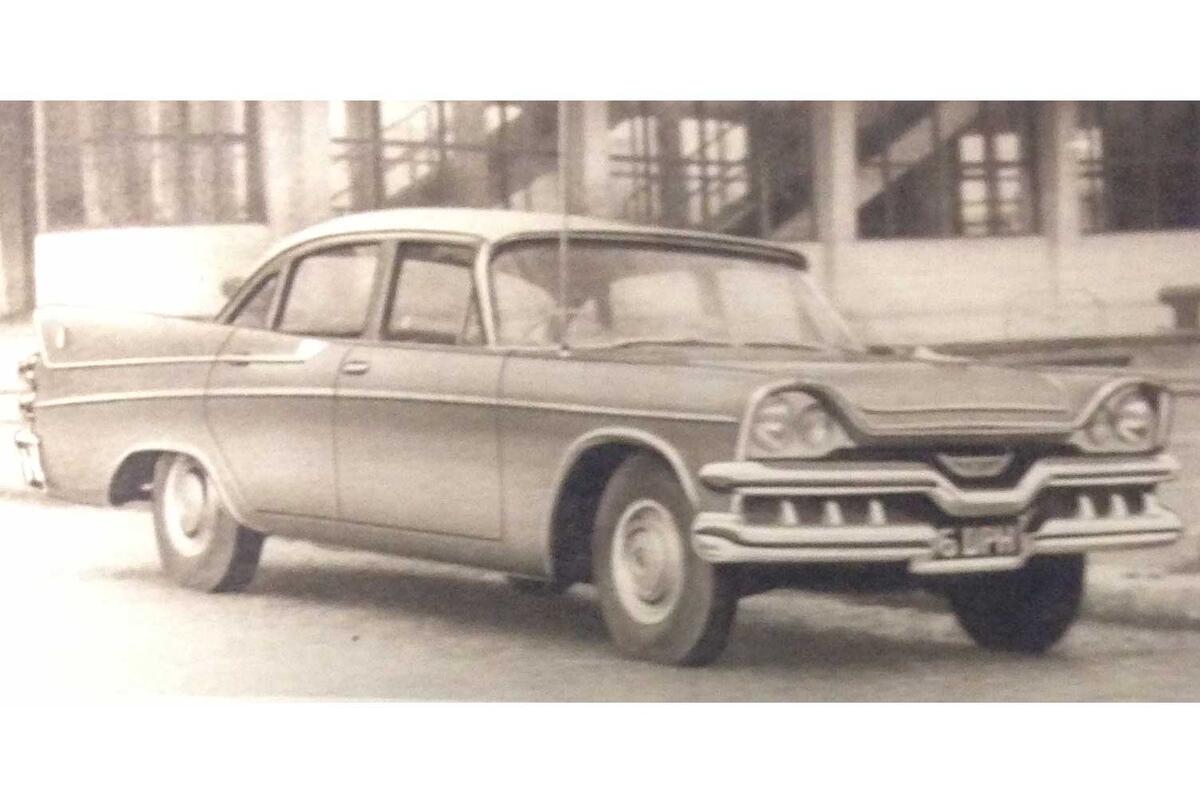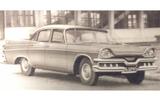When Dodge withdrew from the UK in 2010, it was the end of a long but fairly unsuccessful relationship that went back as far as 1922.
American cars rarely suit the tastes of the British buyer, and it has often been just as rare that we get the chance to test them.
In fact, when Autocar drove the Dodge Royal Custom on 27 September 1957, it was the first time we’d been behind the wheel of one of the Michigan-based manufacturer's cars since 1938.
The Royal Custom is the kind of luxury Yank saloon that looks most at home at a drive-in cinema or prowling along in the background of a shot from Grease. It was top of the range, above the Royal and the Coronet.
“With an overall length of little less than 18ft and a width of 6ft 6in, the Dodge is clearly a very big car, easily capable of carrying six people in comfort, and, one would judge, all their holiday luggage in the locker with room to spare,” Autocar began.
First driving impressions were good: “The essential character of the model is disclosed by the wonderfully comfortable ride, the ease of driving, and the freshness with which occupants arrive after a long journey.
“High average speeds are disguised by an impression of leisurely progress, the large, 5.3-litre engine making very light work of the acceleration and speed normally used on give-and-take British roads.”
Our test car came in at a fairly hefty £2040 (equivalent to around £44,365 today), but that was in part because of its long list of plush options, which included automatic transmission, a radio, heater, demister, heavy-duty suspension, right-hand drive, power-assisted brakes, electric windscreen wipers, reversing lights and an electric clock. That’s one hot chariot.
The national speed limit wasn’t introduced until 1965, so the Autocar testers of this enlightened time immediately drove the Custom Royal abroad to a Continental autoroute for speed testing. They concluded: “The Dodge reached a true 108mph in both directions. In more favourable circumstances, it should certainly be possible too exceed this figure.
“In practice, even on real motorways, few drivers are likely to travel so fast; they will be impressed primarily with the acceleration up to the cruising speeds of the choice. For instance, the 245bhp engine can propel the car from rest to 30mph in only 3.7sec, 60mph in 11.5sec, and up to 80mph in 21.3sec.”









Join the debate
Add your comment
Relative Cost
Correct relative cost
Great stuff. Clearly, relying